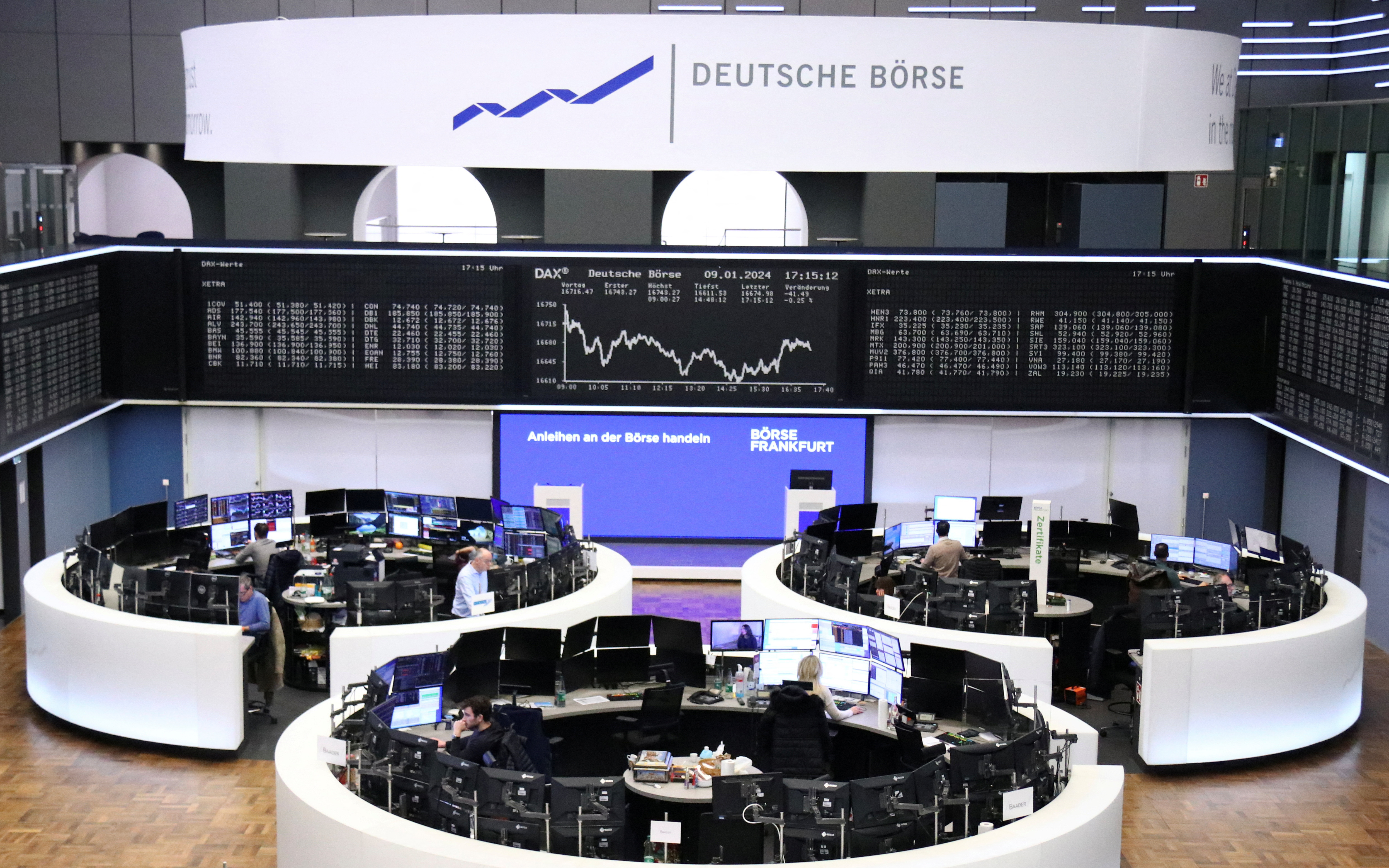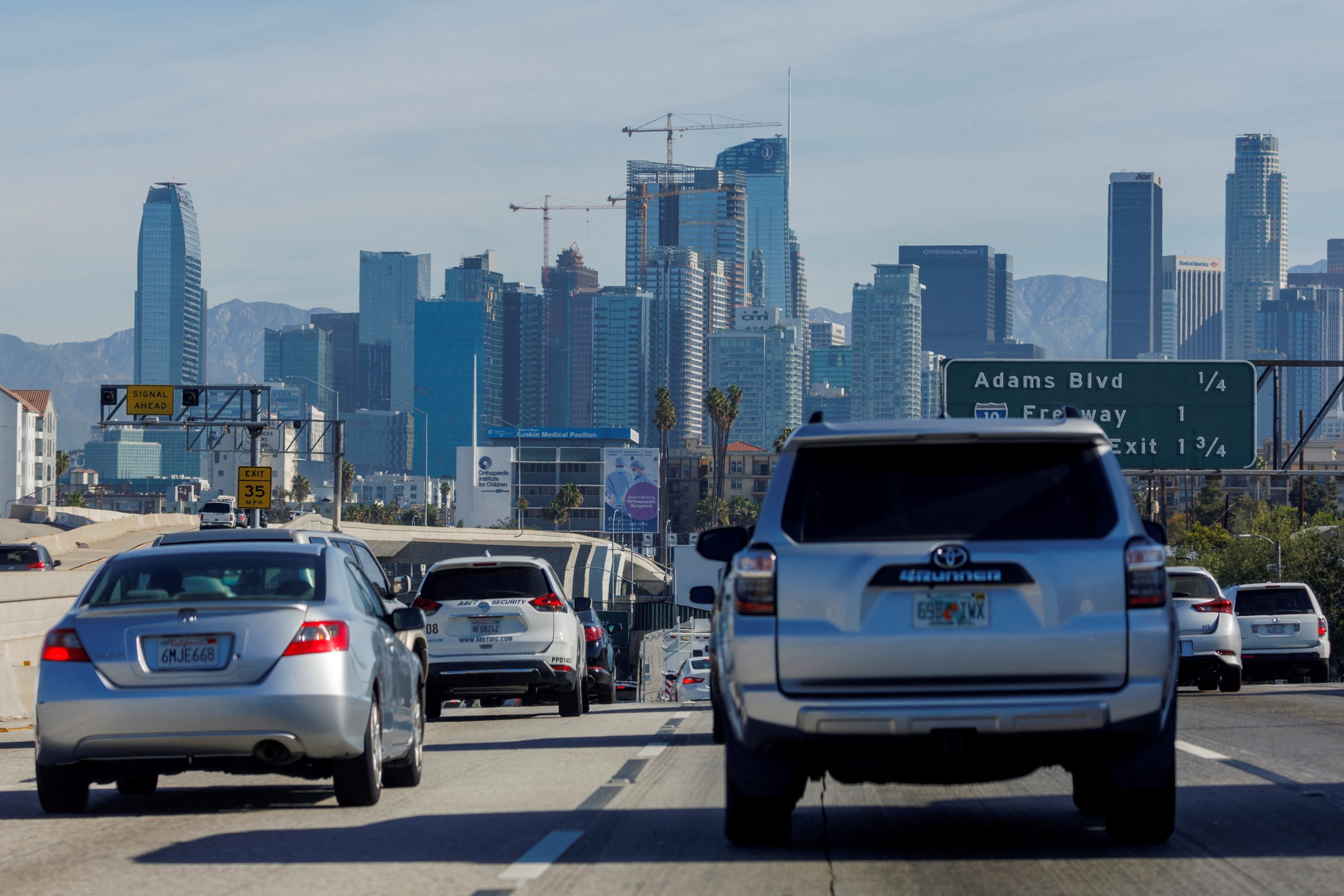Auto insurance costs have seen a remarkable surge in recent years, creating ripples in the US economy and impacting the overall inflation rate. This article explores the factors contributing to this surge and delves into the implications for consumers, businesses, and the economy as a whole.

Understanding the Surge in Auto Insurance Costs
Rising Claims and Losses
The surge in auto insurance costs can be attributed to a combination of factors, starting with rising claims and losses. With an increase in the number of accidents and the severity of damages, insurance companies have had to pay out larger sums to cover the costs. This has led to a significant rise in premiums for policyholders.
Increased Medical Costs
Another key factor driving up auto insurance costs is the surge in medical expenses. In recent years, medical costs have skyrocketed, and this includes the expenses associated with treating injuries sustained in car accidents. As a result, insurance companies have had to adjust their premiums to account for these higher costs.
Technological Advancements and Repair Costs
The advancement of technology in modern vehicles has brought about a surge in repair costs. With sophisticated features and complex systems, repairing damaged vehicles has become more expensive than ever before. As a result, insurance companies have had to increase premiums to cover these higher repair costs.
The Impact on US Inflation
The surge in auto insurance costs has not gone unnoticed in the broader context of US inflation. The rising premiums have contributed to an overall increase in the cost of living, as consumers have to allocate a larger portion of their income to insurance expenses. This, in turn, puts pressure on businesses to adjust their prices, leading to a general rise in the inflation rate.
Implications for Consumers
Financial Burden on Households
The surge in auto insurance costs places an additional financial burden on households across the country. With premiums on the rise, families have to allocate a larger portion of their budget to insurance expenses, leaving less room for other essential needs. This can lead to increased financial stress and a reduced ability to save or invest.
Impact on Affordability of Vehicles
Higher insurance costs can also impact the affordability of vehicles for consumers. As premiums increase, the overall cost of owning a car becomes more expensive. This can deter potential buyers from purchasing vehicles or lead them to opt for lower-priced models that may not meet their needs or preferences. Ultimately, this can have a ripple effect on the automotive industry as a whole.

Implications for Businesses
Increased Operational Costs
For businesses that rely on a fleet of vehicles, the surge in auto insurance costs can have a significant impact on their bottom line. With higher premiums, businesses have to allocate more resources to cover insurance expenses, cutting into their profits. This can limit their ability to invest in other areas of their operations or expand their business.
Higher Prices and Reduced Competitiveness
To offset the increased costs, businesses may be forced to raise prices, passing the burden onto consumers. This can lead to reduced competitiveness, as customers may seek more affordable alternatives or choose to forego certain products or services altogether. In a competitive market, this can have long-term consequences for businesses.
The Role of Government and Regulatory Measures
To address the surge in auto insurance costs and its impact on inflation, the government and regulatory bodies have a crucial role to play. They can implement measures to promote competition among insurance providers, increase transparency in pricing, and ensure that insurers are adequately regulated to prevent excessive premium hikes.
Conclusion
The remarkable surge in auto insurance costs has had a profound impact on US inflation, placing a financial burden on consumers and businesses alike. Rising claims and losses, increased medical costs, and technological advancements have all contributed to the surge. As the government and regulatory bodies take action to address the issue, it remains to be seen how the auto insurance landscape will evolve and whether these measures will alleviate the burden on the economy and consumers.
